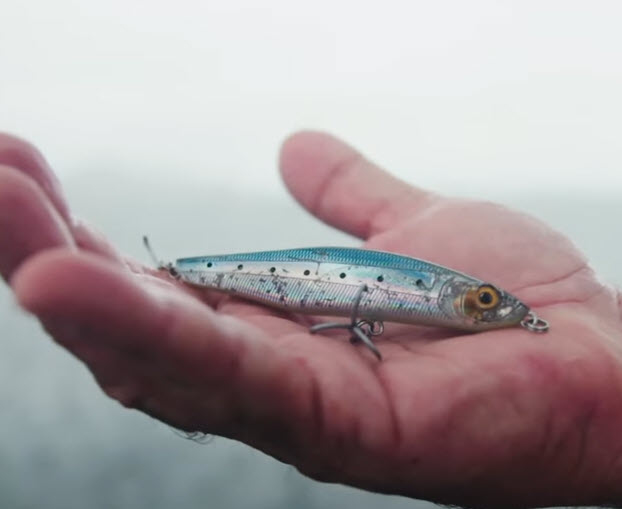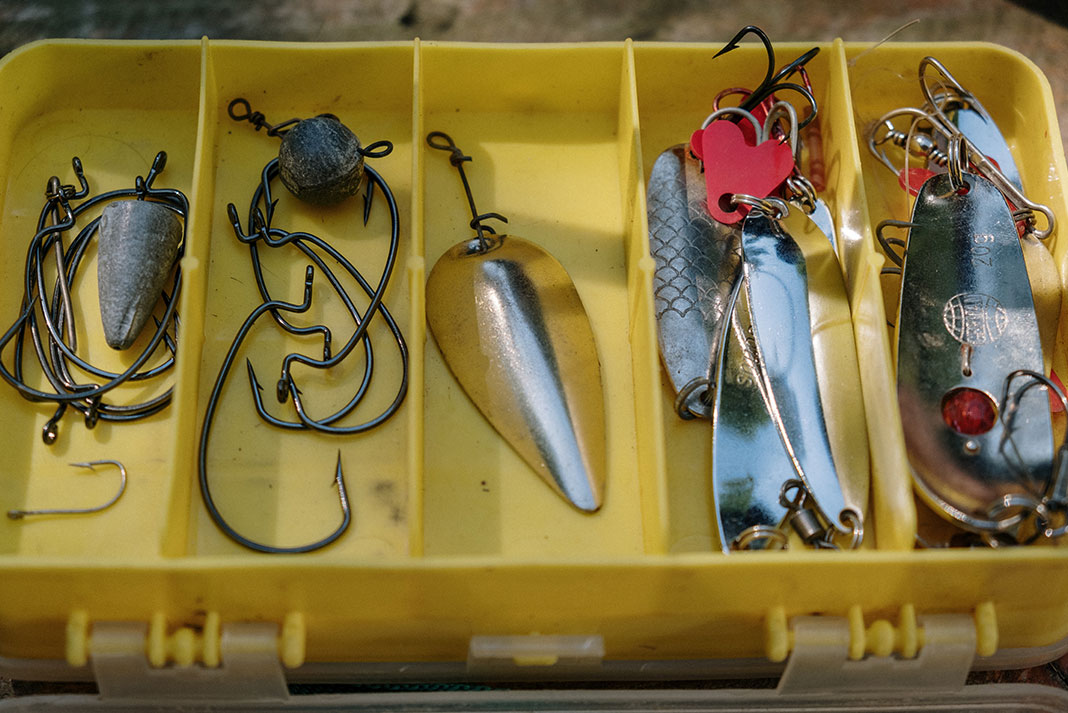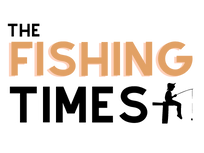Fishing is one of the most popular pastimes around, and it’s easy to understand why. It’s a great way to relax, enjoy the outdoors, and of course, catch some delicious fish. But if you want to be sure you’re getting the most out of your fishing experience, you need to make sure you have the right equipment, and that includes the right type of fishing hook.
There are many different types of fishing hooks available, and each one has its unique advantages. Knowing which type of fishing hook to use for different scenarios can greatly increase your chances of catching more fish. In this article, we’ll be discussing 30 different types of fishing hooks and their uses, so you’ll know exactly what to use for your next fishing trip.

What are the Different Types of Fishing Hooks?
Fishing hooks can be categorized into several different types based on their shape, construction, and intended use. There are hooks designed for casting, hooks designed for bottom fishing, and even hooks designed to be used while ice fishing.
In this article we’ll be covering the most common types of fishing hooks, including: – Circle hooks – J hooks – Beak hooks – Aberdeen hooks – Offset hooks – Wide gap hooks – Octopus hooks – Baitholder hooks – Weedless hooks – Treble hooks If you’re a beginner, it’s a good idea to start using the most common types of fishing hooks. As you gain more experience, you can start experimenting with some of the more specialized hooks.
The Different Types of Fishing Hooks and Their Uses
- Circle hooks: Circle hooks are designed to be cast out and allowed to sink to the bottom of the water before being slowly retrieved. They are one of the best hooks to use for live or freshwater fishing, but they can also be used for saltwater fishing in some circumstances. Circle hooks have an open hook end that helps prevent snagging, and they have the best hooking percentage of any type of hook. These hooks are best used for fishing for live bait such as crawfish, crayfish, or worms.
- J hooks: J hooks are designed to be set on the bottom of the water and they are often used while bottom fishing. J hooks are available in many different sizes, but it’s important to use the right hook size for the type of fish you’re trying to catch. J hooks are best used for catching fish such as carp, catfish, and snapper.
- Beak hooks: Beak hooks are designed to be set on the bottom of the water, but they are different from J hooks because they have a concave hook eye. This hook eye makes it easier to tie the hook to your line. These hooks are best used when fishing in a channel with a moving current.
- Aberdeen hooks: Aberdeen hooks are designed to be cast out and allowed to sink to the bottom of the water before being slowly retrieved. Aberdeen hooks are larger and bulkier than most hooks, but they are a very good hook for freshwater fishing. Aberdeen hooks are best used for fishing for larger species such as muskies and pike.
- Offset hooks: Offset hooks are designed to be cast out and allowed to sink to the bottom of the water before being slowly retrieved. These are similar to Aberdeen hooks, but they are smaller in size and not quite as bulky. Offset hooks are best used for freshwater fishing for larger species such as muskies and pike.
- Wide gap hooks: Wide gap hooks are designed to be cast out and allowed to sink to the bottom of the water before being slowly retrieved. These are smaller hooks that are best used for small fish such as panfish and trout.

- Octopus hooks: Octopus hooks are designed to be cast out and allowed to sink to the bottom of the water before being slowly retrieved. Octopus hooks are large hook that is best used for catching large fish such as snapper and tuna.
- Baitholder hooks: Baitholder hooks are designed to be cast out and allowed to sink to the bottom of the water before being slowly retrieved. These are small, light hooks that are best used for catching smaller species like panfish and trout. Baitholder hooks are often used when ice fishing because they can be easily attached to a jig.
- Weedless hooks: Weedless hooks are designed to be cast out and allowed to sink to the bottom of the water before being slowly retrieved. These hooks have a long shank and a shorter eye, which makes them lighter than most other hooks. Weedless hooks are best used for small species such as panfish and trout.
- Treble hooks: Treble hooks are designed to be cast out and allowed to sink to the bottom of the water before being slowly retrieved. These are very large hooks that are usually set on a weighted fishing line. Treble hooks are best used for catching large species such as snapper and tuna. Treble hooks are often used when fishing for large pelagic species such as tuna, sailfish, and marlin

Conclusion
Fishing is a great way to relax, enjoy the outdoors, and of course, catch some delicious fish. But if you want to be sure you’re getting the most out of your fishing experience, you need to make sure you have the right equipment, and that includes the right type of fishing hook. There are many different types of fishing hooks available, and each one has its unique advantages.
Knowing which type of fishing hook to use for different scenarios can greatly increase your chances of catching more fish. In this article, we’ve discussed 30 different types of fishing hooks and their uses, so you’ll know exactly what to use for your next fishing trip.










